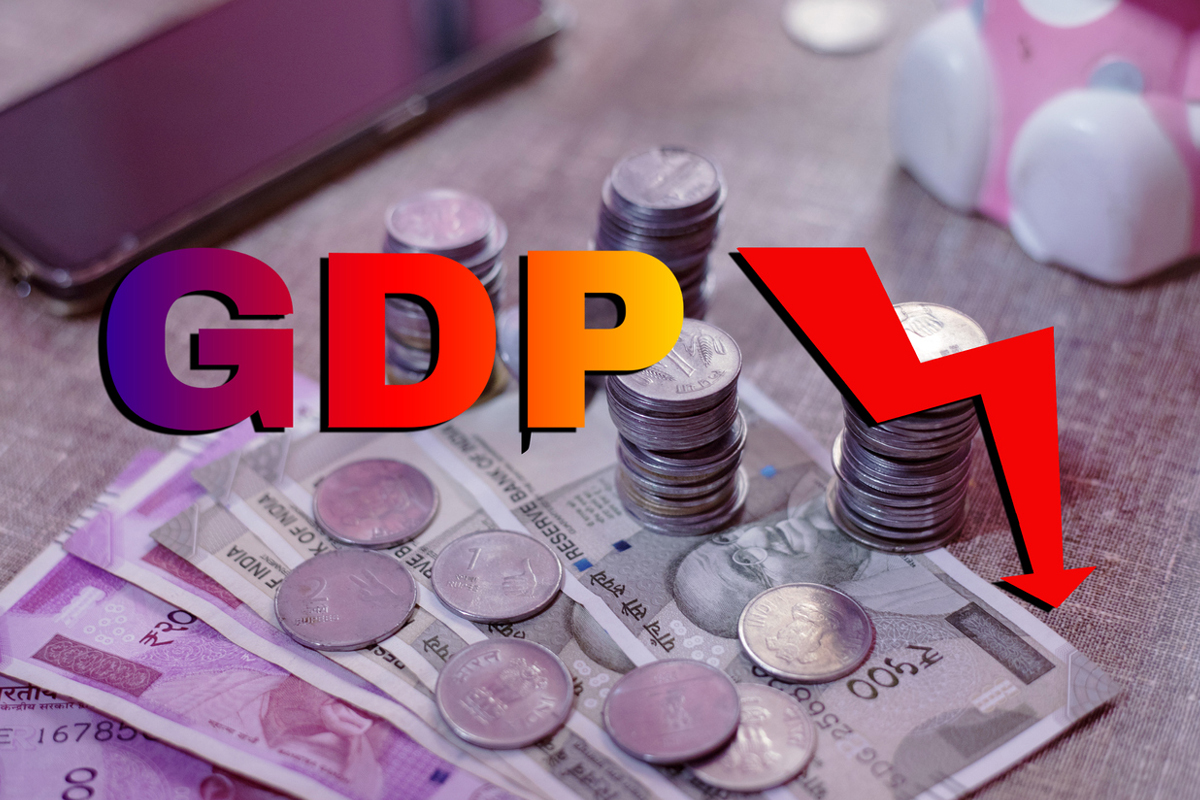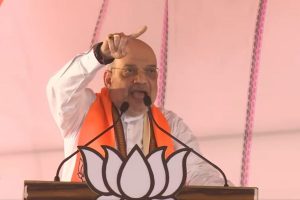India is well endowed in terms of minerals. The country produces as many as 87 minerals, including four fuel minerals, 10 metallic minerals, 47 non-metallic minerals, 3 atomic minerals and 23 minor minerals (including building and other materials). The mineral development and mining sectors are a significant contributor to India’s GDP growth as there is a strong correlation between their growth and that of the the manufacturing sector. They thus become catalysts for the growth of basic industries such as power, steel, cement etc.
However, there are many issues that need to be addressed in respect of different, gradually- evolving facets of mining operations, i.e. technological, social, legal and, the most important, the sustainability of mining operations. The mining sector therefore is of importance to India’s economy and contributes about 3 per cent to GDP. But the sector’s contribution to GDP should more than double for the country to reach a double-digit growth rate. The coal mining sector has embarked on a plan to achieve 15 per cent growth y-o-y basis to catch up with the required pace.
Advertisement
Coal India Limited is poised to achieve its 1 billion tonnes target by 2023-24. Minerals and metals are essential materials for the functioning of modern societies and economies. Mining provides great economic opportunities for resource-rich countries. However, the process of mining creates challenges and risks for the well-being of people and the environment. A key challenge for these countries is to manage mining in a way that contributes to – and does not jeopardize – sustainable development. The management of mining at all stages, from exploration to mine closure, requires serious consideration of social and environmental impacts.
Though, most countries have adopted rules on environmental and social impact assessment and mine closure, implementation lags behind. The mining industry has the power to take a key role in creating a more sustainable planet. The crux of any growing self-sustaining economy lies in adoption of best techno-economic methods with greater scale of operations to exploit mineral resources which entails higher production, productivity and safety in mining operations.
Aligning with this, over the years, mechanisation has become an important strategy in the design and operation of modern mines. The objectives of mine mechanisation are varied, but include improved safety, working conditions and productivity. As India is still at an early stage on the mineral consumption curve – which implies that as the GDP of the country increases, its mineral consumption would grow at a rapid pace – there is need of mechanisation.
The demand for mining equipment such as Draglines, Bucket Wheel Excavator, In-pit Crushing & Conveying, High Capacity Rear Dumpers, High Capacity Electric Rope Shovels & Hydraulic Excavators, Crawler Dozers, Rotary Blast Hole Drills, Motor Graders, Surface Miners, Highwall Miners, Continuous Miners etc. are on the rise . Apart from mine mechanisation, modern mine planning software would also play a crucial role in the operation of future mining operations and projects.
Every aspect of the mining industry is today using some form of mine planning software. From exploration to rehabilitation, the use of software is becoming more and more widespread. For a mining company, sustainable practices are at the core of its license to operate. More and more companies have come to realize that the only way to be economically viable is to operate in an environmentally and socially responsible manner.
The themes of climate change, resource scarcity and energy efficiency strongly resonate with the mining industry as they have been grappling with these topics in their day-today business. All mining companies need to be strongly committed to sustainability and work for a better tomorrow. The sustainable development discussion shall not be confined to the environmental or legal aspects, but increasingly focus on innovative design and economic return. The practices of environment and social impact monitoring and auditing, community consultation, engagement and protection, concurrent and mine closure practices are bound to weigh heavily in any advanced mining operations of the future.
I believe that in the present Indian economy, mining would continue to be an activity to be reckoned with as it provides basic raw materials to several significant industries, including thermal, iron and steel, petroleum and natural gas, electrical and electronics equipment among others. The importance of embracing eco-friendly technical advancements from planning to operational stages of mining would be paramount for sustaining the desired GDP growth of our country.
(The writer, a mining engineer from IIT Kharagpur, is Director, Technical, Central Coalfields Limited)
















